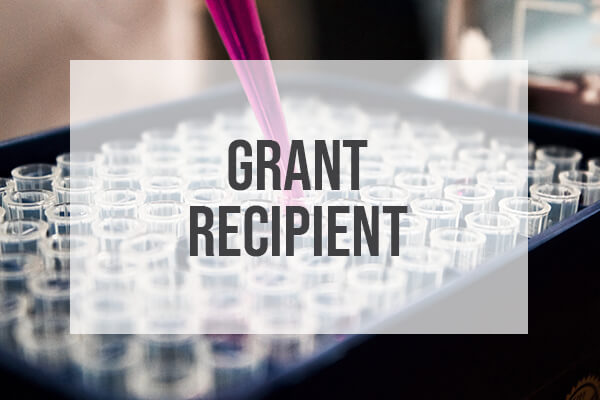Abstract
Objective: There is limited data on the incidence of iodinated contrast induced thyrotoxicosis, particularly in iodine deficient regions. The aim of this study was to determine the incidence of iodinated contrast-induced thyrotoxicosis and to determine whether thyrotoxicosis was more common in patients ≥70 years compared to those <70 years of age.
Design: A prospective study of adult patients undergoing an outpatient CT with iodinated contrast was performed.
Measurements: Thyroid function tests (TFTs) and urine iodine measurements were performed prior to the scan. TFTs were repeated at 4- and 8-weeks post scan. Changes in TFTs from baseline were analysed. Results: A total of 102 patients were included in the final analysis. Overall, TSH levels dropped (p=0.01), and free T3 (FT3) levels increased (p=0.04) between baseline and week 4 with normalisation by week 8, however these changes were not considered clinically significant. No significant differences in free T4 (FT4) occurred in the overall group (p=0.82). There were no differences in TFTs between baseline and 4- or 8- weeks for those patients aged <70 compared to >70 years. Two patients developed new subnormal TSH values. Of these, one had a 90mm follicular variant papillary thyroid carcinoma diagnosed while the other had a normal thyroid assessment and TSH spontaneously normalised by 12 weeks.
Conclusions: Only 2% of patients developed subclinical hyperthyroidism following a standard dose of iodinated contrast for CT investigations. Given the low incidence of iodine-induced thyrotoxicosis, there is no indication for routine pre- and post-CT thyroid function testing in our region.
Clinical Endocrinology
Introduction
Due to increasing use of contrast-enhanced computed tomography (CT) and angiography, patients are frequently exposed to large amounts of iodinated contrast. The current recommended daily intake of iodine for non-pregnant, nonlactating adults is 150 mcg per day.1 This compares to the amount found in iodinated contrast media (ICM), which ranges from 270-350 mg iodine/mL. The typical exposure from a CT scan is 35,000 mg iodine, which results in an acute iodine load more than 200,000-fold higher than the recommended daily intake. While the normal thyroid gland can usually adapt to an excess iodine load, individuals with an underlying thyroid abnormality, such as a multinodular goitre, may develop hypo- or hyper-thyroidism. Excess iodine inhibits thyroid hormone release (Wolff-Chaikoff effect), which is usually transient and ‘escape’ occurs.3 Failure of escape results in iodine-induced hypothyroidism which may be temporary or permanent. Patients thought to be most at risk of iodine-induced hypothyroidism are those with underlying thyroid disease such as autoimmune disease or type 2 amiodarone induced thyrotoxicosis (reviewed in 4). Iodine-induced thyrotoxicosis (IIT) (Jod-Basedow phenomenon) can also be transient or permanent and is thought to be more common in those with underlying thyroid autonomy, such as patients with a multinodular goitre. The elderly have also been proposed to be at increased risk of IIT.Not only is this population less tolerant to the effects of thyrotoxicosis, but IIT in the elderly is more likely to be undiagnosed due to the non-specific nature of the symptoms. Martin et al. reported 60 elderly patients with thyrotoxicosis in whom 23% had received iodinated contrast in the preceding 6 months.5 Of particular relevance, however, is that the diagnosis of thyrotoxicosis was not suspected in 62% of those affected and five patients died with uncontrolled hyperthyroidism. While many case reports or small case series have been published reporting thyroid dysfunction following iodinated contrast, only a small number of prospective studies have been performed. Conn et al. studied 73 patients from an iodine sufficient area and identified two patients who became hyperthyroid and an additional four others who developed either an elevated FT4 or suppressed TSH.6 Seven of 101 patients developed subclinical hyperthyroidism after coronary angiography in a Turkish study,7 a region previously shown to be iodine deficient.8 A nested case-control study identified iodinated contrast as being associated with the subsequent development of hyper- and hypothyroidism in an iodine-sufficient area with the number needed to harm of only 23.9 In contrast, Hintze et al identified only 2 new cases of iodine-induced hyperthyroidism from 788 unselected patients undergoing coronary angiography in an iodine-deficient area.10 No underlying thyroid disease was identified in either of these patients.
New Zealand is an iodine-deficient area and also demonstrates borderline selenium deficiency.11, 12 These two micronutrients are important in normal thyroid physiology. Currently there is no New Zealand data available on the incidence of iodine induced thyroid dysfunction and international data may not be directly comparable due to both genetic variation and differences in availability of these two micronutrients.
The aims of this study were to:
1. Assess the incidence of iodine-induced thyrotoxicosis following the intravenous administration of iodinated contrast media used routinely in CT investigations
2. To determine whether IIT occurs more frequently in older patients (>70 years) as compared to younger patients (<70 years).
Would you like to support the work of the Foundation?
Contact us for more information, or simply make a donation.




